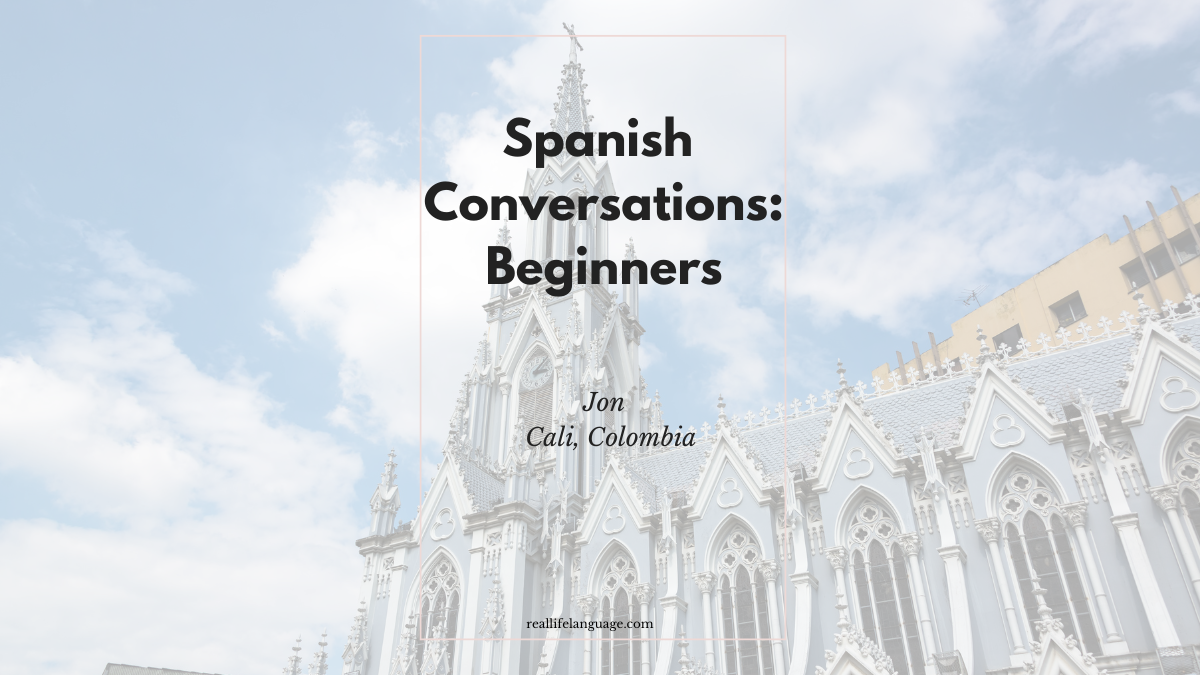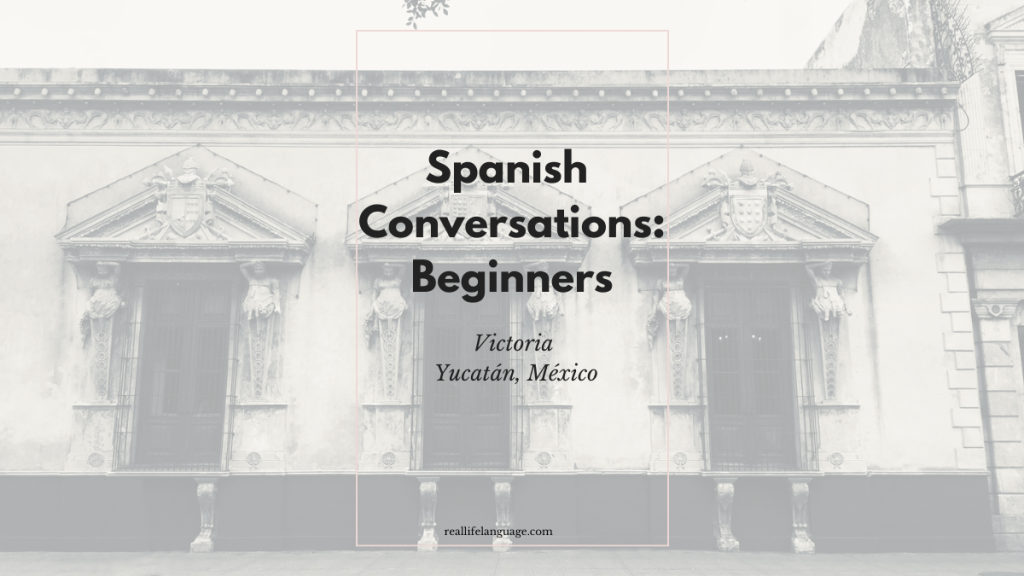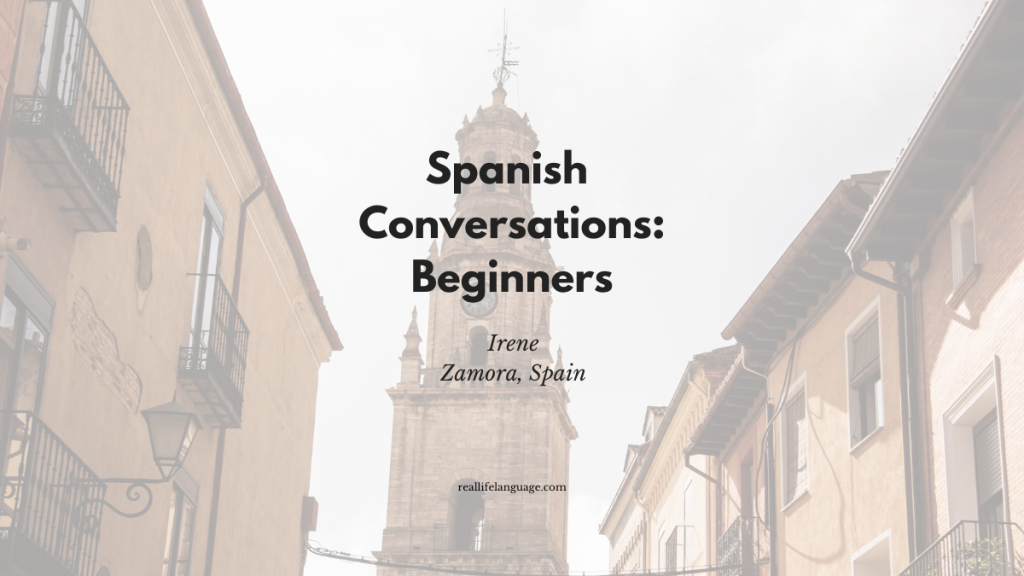
This article helps learners who want to learn Spanish by exploring a natural, everyday conversation recorded in Colombia. It breaks down common topics — introductions, family, routines, shopping, sports, food, hobbies and holidays — and gives ready-to-use phrases, vocabulary and practice tips so learners can apply what they hear in real life. If the goal is to learn Spanish through listening, imitation and practice, this guide supports that process with clear examples and useful structures.
Why everyday conversations are ideal to learn Spanish
Everyday conversations show natural rhythm, common vocabulary and polite social routines. To learn Spanish effectively, learners should focus on: listening to simple exchanges, repeating key phrases, and practising short answers. Conversations about personal details (name, birthplace, family), daily routines and preferences are perfect starting points.
Introductions and personal information
Common questions and answers to practise:
- ¿Cómo te llamas? — What is your name?
- Me llamo… — My name is…
- ¿De dónde eres? — Where are you from?
- Soy de Cali, Colombia. — I am from Cali, Colombia.
- ¿Cuándo es tu cumpleaños? — When is your birthday?
- El 11 de diciembre. — December 11th.
Practice tip: rehearse short exchanges with a partner. Swap names, birthplaces and birthdays until responses flow naturally.
Talking about family
Useful vocabulary:
- hermano/a — brother/sister
- padre / madre — father / mother
- hijo / hija — son / daughter
- tengo — I have
Example sentences to practise:
- Tengo un hermano mayor. — I have an older brother.
- Mis padres viven en otra ciudad. — My parents live in another city.
- Tengo un hijo de dos años. — I have a two-year-old son.
Describing personality and appearance
Short adjectives and structures are handy for beginners:
- Soy tranquilo(a) — I am calm
- soy sociable — I am sociable
- soy delgado(a) — I am thin
- Tengo el pelo negro y los ojos marrones. — I have black hair and brown eyes.
- Mido 178 centímetros. — I am 178 centimetres tall.
Practice tip: Describe yourself and three friends using these short phrases. Swap descriptions aloud to build fluency.
Daily routine and classes
Common verbs and time expressions:
- levantarse — to get up
- trabajar — to work
- tener clase — to have class
- por la mañana / por la tarde / por la noche — in the morning / afternoon / evening
Example routine:
Me levanto a las cinco de la mañana. Trabajo de siete a tres. Por la tarde doy clases virtuales. — I get up at five. I work from seven to three. In the afternoon I give virtual classes.
Shopping and community vocabulary
Useful words for describing shopping habits:
- centro comercial — shopping mall
- tienda pequeña — small shop
- supermercado — supermarket
- ordenar en línea / pedido — order online / order
Learn to explain where you shop: Normalmente compro en el supermercado cerca de mi casa — I usually shop at the supermarket near my house.
Sports, hobbies and free time
Common activities and verbs:
- jugar al fútbol — to play soccer
- andar en bicicleta — to cycle
- escuchar música — to listen to music
- ver películas — to watch movies
Example: Los fines de semana juego fútbol con amigos y voy al parque con mi hijo.
Food and typical dishes
Key food vocabulary from Colombian cuisine useful for learners:
- empanadas — empanadas
- yuca / casabe — cassava / flatbread from cassava
- frito — fried
Phrase to practise: Mi comida favorita son las empanadas. — My favourite food is empanadas.
Home, city and holidays
Useful descriptions:
- casa de dos pisos — two-storey house
- patio pequeño — small patio
- ciudad cálida — warm city
- playa — beach
Example: La ciudad tiene montañas y paisaje bonito; el clima es caluroso y suele llover por las tardes.
Practice activities to boost learning
- Shadow listening: listen to short native audio and repeat immediately to copy rhythm.
- Fill-in-the-blank dialogues: replace names, places and times to personalise practice.
- Describe your day in 5–7 sentences using present tense verbs.
- Make a short voice recording answering three questions: ¿Cómo te llamas? ¿De dónde eres? ¿Qué haces los fines de semana?
Conclusion and next steps
Everyday conversations provide practical vocabulary and structures to learn Spanish quickly and naturally. Learners should practise the phrases above, repeat short dialogues and use simple personalised sentences daily. For focused improvement, combine listening with speaking practice and short writing exercises. To extend learning, watch authentic conversations and try to summarise them in Spanish — this builds comprehension, speed and confidence.
100s of videos to learn Spanish:
https://real-life-language.kit.com/b1531a6404
Learn Spanish: Everyday Conversations with César from Valencia

